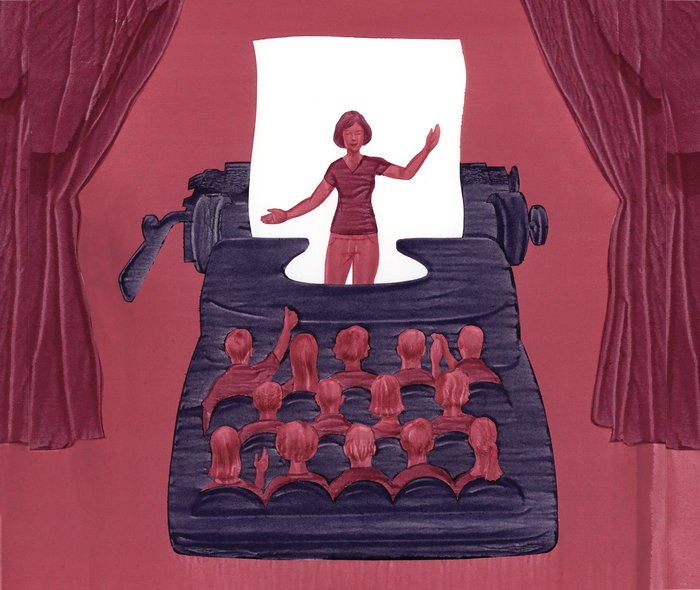
Editor’s note: Our colleagues at sister publication Nieman Reports are out with their new issue. In this piece, Rose Eveleth walks us through how live events are becoming big business for publishers with core audiences eager for an experiential education.
In 2001, while interning at the Associated Press bureau in Rome, Samantha Gross started working as a guide, giving walking tours of the Vatican, meandering through St. Peter’s Basilica with visitors, telling them stories about the artworks around them. Over the next 10 years, Gross bounced among AP postings from Tallahassee to New York City, covering courts, city hall, politics, crime, and more. But she never lost her taste for tours.
“Probably my favorite part of the [AP] job was getting to enter into the lives of so many people whom I wouldn’t have met otherwise and hear them tell their stories,” says Gross. That piece of her job, though, was the part that her readers never really got to experience. “I never felt that I was able to fully convey that to the people who would then read the stories. They were always missing out on some piece of that experience. Why couldn’t we share the best of our jobs with them?”
So last year, Gross founded StoryTour, a live, experiential magazine comprised of guided stories that take place in New York City. In one recent story, “The Land of the Slow Food Startups,” the tour guide took the audience to an old Pfizer building deep in South Williamsburg to meet the entrepreneurs behind the burgeoning slow food businesses there. “Our nonfiction story tours are like an equivalent of walking into the pages of a narrative feature in a magazine,” Gross explains. Whereas in a feature, the journalist might describe the row of tall silver machines lining the walls of the Kelvin Natural Slush Co. or the building’s bricked-up windows, in a StoryTour the audience sees all that for themselves. Once inside, they watch as the journalist interviews the staff of Dinner Lab, a pop-up dinner club, and they eat pasta made by Sfoglini, an artisanal pasta company.
The piece is more than a walking tour, according to Gross; it’s journalism that uses many of the same narrative techniques any magazine feature might. “The StoryTour begins with a narrative focusing on the seismic shifts many work-obsessed New Yorkers have faced in the wake of the economic downturn, and the ways that many people began re-examining their priorities and finding the motivation to start something new,” Gross says. Zack Silverman, founder of Kelvin Natural Slush, left behind a promising legal career to start his business. The audience hears him speak about the ups and downs of leaving a stable job to start something new and risky. They can even ask questions. “It’s not just seeing a list of places or hearing interesting facts or tasting interesting food,” Gross says. “It’s really an experience that’s guided by narrative and story.”
Gross fondly recalls her experience as a tour guide in Rome. “It was thrilling to look directly into the eyes of my audience and see them react as I told them stories,” she says. “Having experienced that allowed me to envision how StoryTour could work, and how exciting it could be.”